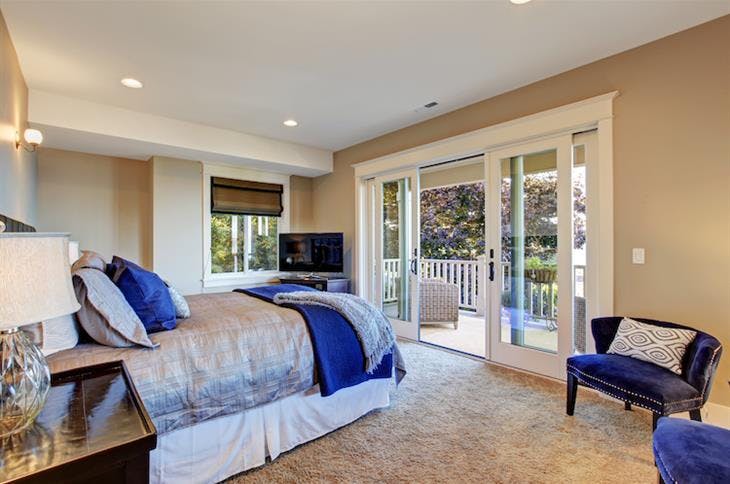A home designer often hears the comment “color is a personal choice,” but it’s not as simple as that. When is it right, and when is it a mistake, to pick colors for your home based on personal choice?
According to certified color expert Maria Killam, when you’re choosing a color that needs to be combined with other colors, having a guide to selecting the appropriate shades is critical. Here’s how to choose the ideal color palette for your home.
Using the Color Wheel
The color wheel comprises primary, secondary and tertiary colors:
Primaries are pure red, blue and yellow, and it isn’t possible to “create” them.
Secondary colors are orange, green and purple, formed when you mix equal part of two primary colors. Orange comes from red and yellow, green comes from blue and yellow and purple from red and blue. This is where the art of color selection begins.
Tertiary colors are a combination of various ratios of primary and secondary colors, which creates different shades. Black and white are then mixed to darken or lighten the shades.
At this point, you can identify the colors and hues that speak to you, and your home designer can help you take the next step towards defining a workable palette.
Developing a Scheme to Follow
To develop a scheme in which colors work in harmony with each other, it’s essential to first choose parameters to follow. These include:
Monochromatic, which uses different tones of the same base color, and adds black or white to lighten or darken it.
Analogous, which uses colors that are adjacent on the color wheel, such as combining yellow with green or orange. The result is colorful without being dramatically bright.
Contrasting shades, which are more dramatic. Examples include red-orange and green-blue and add more color and energy to the home.
Complementary, which takes opposing colors such as blue and orange and uses them together to create a dramatic, bold and high-energy color palette.
Mapping Your Scheme onto Your Home Design
Choosing the colors for a single room is difficult enough, but doing it for the whole house is even harder. Walk through the house and identify the spaces you can see from each room. Use floor plans with photos to keep track of rooms that are visible to each other. Obviously, adjoining rooms will feature in your notes, but often you can see further—especially in open-plan areas.
Most times, a home designer begins by selecting a main color for the largest, most central room. This is typically the living room or kitchen, and it’s a good place to start for working out the scheme. Consider the furnishings you plan to place in the main area, and try to choose a soft, neutral shade for the main room that will blend well with whatever other colors you marry it with.
Some people start with the dominant color in the furnishings and work outwards from there, while others prefer the color to be off the walls, rather than on them.
Blending with Other Finishes
Each type of material has a different look and feel, so simply choosing a color scheme and palette is no guarantee it will all go together. Some ways to make your color scheme work across all finishes are:
1. Decorate from dark to light, vertically-speaking. Use the darker colors in the palette for the floor and lower down, medium color values for the walls and furnishings, and lighter colors for the higher spaces.
2. Keep connecting areas as neutral as possible within your scheme, and start with the formal areas such as the living and dining rooms. You can always “branch out” with different shades from the color palette for the informal and more private areas, without disrupting the overall flow.
3. Follow the rule of 60-30-10 with your colors, where 60% is your dominant color (walls), 30% is the secondary color or shade (furnishings) and 10% is the accent color or accessories. That will give you a good balance for the space.
If one palette is too much for the whole home, give your upstairs and downstairs different schemes.
For help with choosing your color scheme and palette, contact our Design Center and let a home designer provide you with the expert assistance you need.



